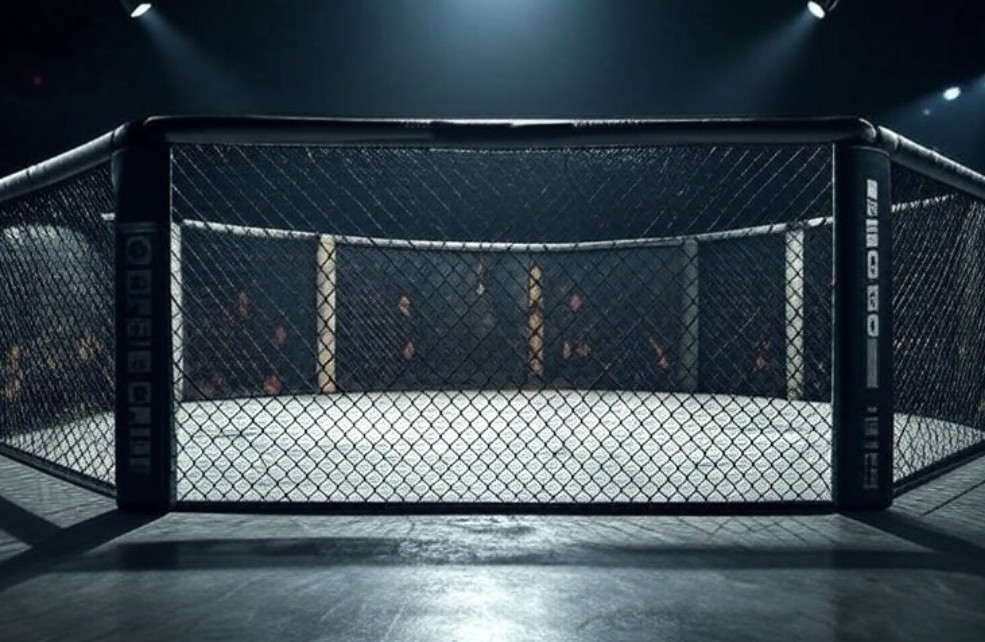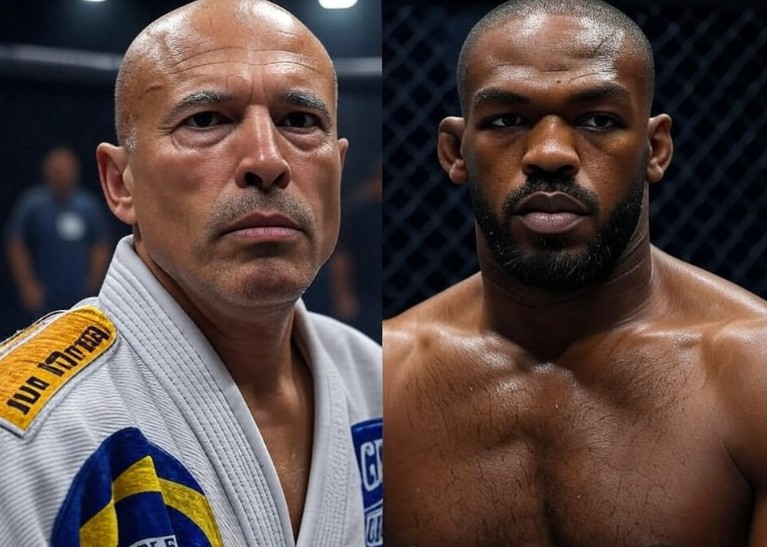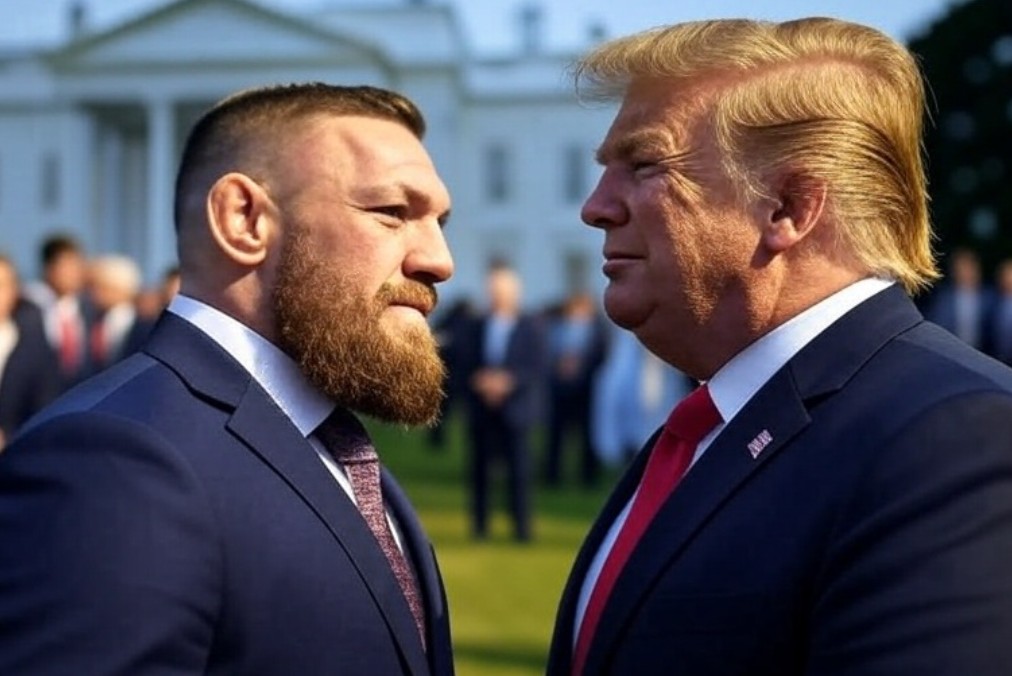UFC fighters are nutritional machines, fueling their bodies for peak performance while navigating weight cuts and recovery. Their diets are as disciplined as their training, balancing macros, timing, and hydration to optimize energy and strength. Here’s a deep dive into UFC fighter diet plans, revealing how stars like Jon Jones and Nate Diaz eat to dominate the octagon.
A UFC fighter’s diet varies by phase: off-season, training camp, and weight cut. In the off-season, fighters like Georges St-Pierre aim to maintain weight, consuming 3,000-4,000 calories daily. Training camps, lasting 6-12 weeks, drop to 2,500-3,500 calories to lean out, while weight-cut weeks reduce to 1,500-2,000 calories with low carbs. The goal is to hit weight classes like welterweight (170 pounds) without sacrificing performance.
Macronutrients are key. Fighters consume 1.6-2.0 grams of protein per kilogram of body weight daily (e.g., 136-170 grams for a 170-pound fighter). Lean sources like chicken breast (30 grams protein per 100 grams), salmon, and eggs dominate. Carbohydrates, 4-6 grams per kilogram, fuel training—oats, quinoa, and sweet potatoes provide sustained energy. Fats, 20-25% of calories, come from avocados, nuts, and olive oil. Jon Jones, for example, blends protein shakes (40 grams protein) with almond butter for quick meals.
UFC Fighter Diet Plans Revealed

Meal Timing supports training. Fighters eat 5-6 meals daily, spaced 2-3 hours apart. A sample day for Nate Diaz, a vegan since 2014: Breakfast: Oatmeal with berries, chia seeds, and a protein shake (600 calories).
Snack: Rice cakes with almond butter, banana (300 calories).
Lunch: Quinoa bowl with black beans, avocado, and grilled vegetables (700 calories).
Pre-training: Smoothie with spinach, vegan protein, and mango (400 calories).
Post-training: Tempeh stir-fry with brown rice and broccoli (800 calories).
Dinner: Lentil soup with kale salad (600 calories).
Total: ~3,400 calories, adjusted for camp intensity.
Weight Cutting is an art. In the final week, fighters like Daniel Cormier reduce carbs to 50-100 grams daily, focusing on protein and greens. Hydration starts high—1-2 gallons of water daily—then tapers to manipulate water weight. Hot baths and saunas shed 5-10 pounds in the final 48 hours, but fighters rehydrate post-weigh-in with electrolyte drinks (e.g., Pedialyte). Over-cutting, as in Charles Oliveira’s 2022 miss, risks fatigue, so precision is critical.Supplements enhance performance. Creatine monohydrate (5 grams daily) boosts strength, used by fighters like Dustin Poirier.
Branched-chain amino acids (BCAAs, 10-15 grams post-workout) aid recovery. Multivitamins fill nutrient gaps, while caffeine (100-200 mg pre-workout) sharpens focus. Vegan fighters like Diaz rely on B12 and iron supplements to maintain energy.
Cheat Meals are rare but strategic. Fighters like Max Holloway indulge weekly in off-season (e.g., pizza, 800-1,000 calories) to maintain sanity. During camps, cheat meals drop to once every two weeks, focusing on clean calories. Hydration remains constant, with fighters sipping water or electrolyte mixes during training to replace sweat loss (1-2 liters per session).Adopting a UFC diet means planning meals, tracking macros, and prioritizing recovery.
Use apps like MyFitnessPal to monitor intake, and consult a nutritionist for personalized plans. Whether you’re training or just inspired, eating like a fighter fuels a champion’s mindset.
After diet is done properly, don’t forget the best workout routines in MMA here as well.


